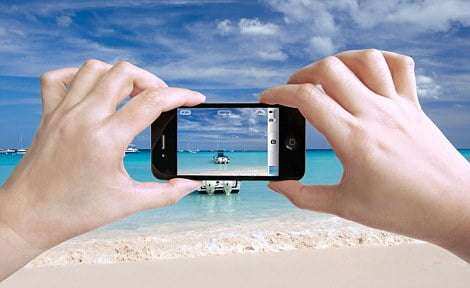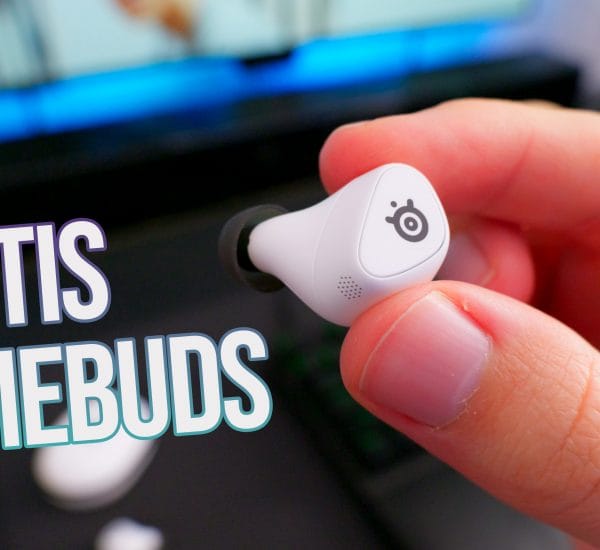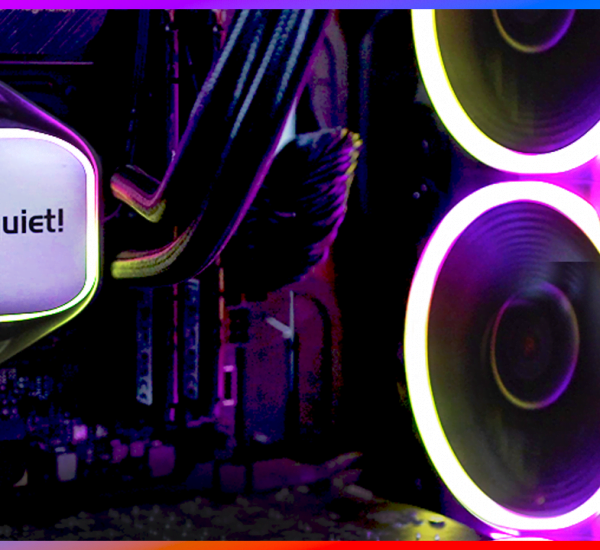Can A Smartphone Replace A Digital Camera?
The ‘battle’ between digital cameras and smartphones is not something new. In 2011, Olympus’ digital imaging unit set up a guerrilla ad campaign which included slogans such as “A camera phone is to photography what two-minute noodles are to cooking”. Provocative, be that as it may, this ad contains an element of truth with regards to the superior quality of digital camera shots.
Various advancements in camera technologies within smartphones have narrowed the gap between digital and smartphone cameras, but it is doubtful if they will ever eliminate it. We asked photography experts and we present you with some important perks digital cameras have over smartphones.
Image Quality
The 8mp quality of iPhone 5 or Samsung S3 is not comparable to that of the higher end or even medium end DSLR’s. If you are going out specifically to shoot certain scenarios, you will more likely need equipment such as a professional camera, tripod and lighting. Your smartphone doesn’t guarantee for stunning portraiture images or jaw dropping landscapes.
Zoom
Long zoom camera lenses are one of the main draw cards for compact cameras. Smartphones like the new Nokia Lumia have a decent optical zoom; however, you can’t get a close-up as soon as the picture is taken without losing quality. The fact is a good optical zoom may never be a viable option on a smartphone due to costs and size.
Shutter Speed
Smartphone cameras biggest weakness is movement. Small movements are fine, but you are never going to capture a bird in flight without a DSLR. This happens because the shutter speed (the unit of measurement which determines how long shutter remains open as the picture is taken) in smartphone cameras is significantly lower than the shutter speed of any DSLR.
Video
This is where the competition gets harsh. With services like the new Instagram videos you don’t need to be a professional videographer to create a decent video from your smartphone. A range of 13 different filters and a pretty good image stabilisation can make amateur pictures look professional. According to Nikon’s product marketing manager, John Young, we could view this in a different light. He believes smartphones have actually helped the industry by getting more people passionate about photography. “Things like Instagram have obviously made photography more fun,” he says. “Thanks to smartphones, we’re starting to see more people take photography up as a hobby because it’s more accessible now – people that maybe wouldn’t have gotten into it otherwise.”
There is no question that the quality of a DSLR is superior than that of a smartphone, it all boils down to your needs. If you’re more of a social photographer and the vast majority of your photos only ever end up on Facebook, you may not see the need for a second compact camera, especially if you have a high-end camera smartphone like the new iPhone or Nokia Lumia.
If you want to capture high-quality stills across different lighting conditions though – particularly low light – as a means of preserving special memories, a smartphone makes for a poor substitute for a good compact camera.
Katerina is an avid blogger interested in all digital. She is currently blogging for LensLocker.co.uk and explores the benefits of DSLR Cameras.
image source



